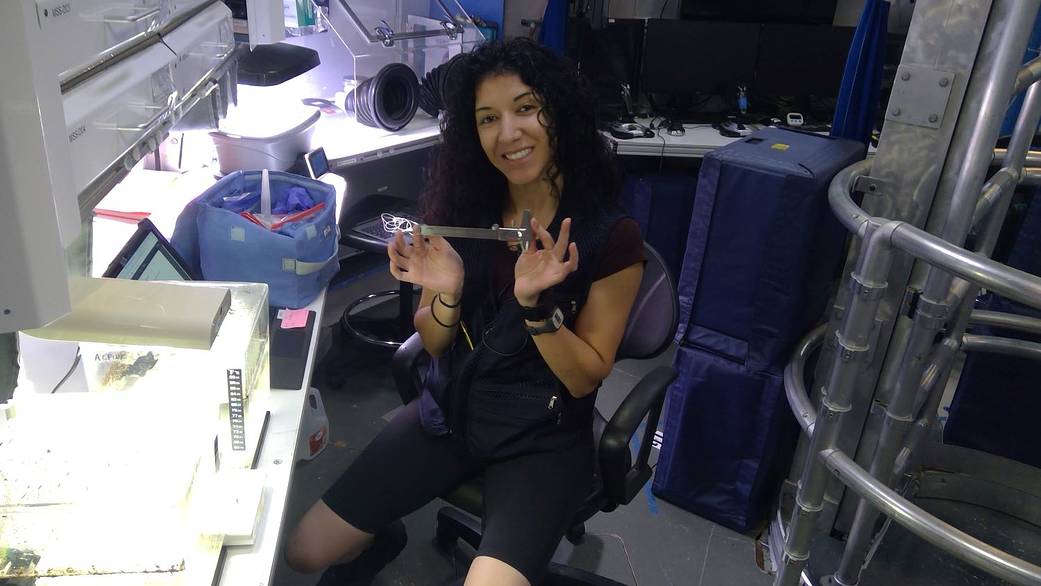Inside the Human Exploration Research Analog, or HERA, crew member Monique Garcia holds a caliper, a device she’ll use to measure the size of tadpole shrimp that she and her crewmates raised. Throughout their 45-day simulated journey into deep space, the crew records observations of shrimp growth and behavior.
HERA crew members perform various life sciences experiments on their missions, but these experiments aren’t focused on studying the biology and behavior of tadpole shrimp. Instead, they provide crew members with daily, repetitive science tasks that allow them to enter the mindset of astronauts who are isolated and confined on a deep-space journey. By studying how these tasks influence moods and behaviors of crews, scientists can suggest shift changes, modifications to procedures, and other strategies geared at promoting efficiency and concentration among crew members.
Credit: NASA
____
NASA’s Human Research Program, or HRP, pursues the best methods and technologies to support safe, productive human space travel. Through science conducted in laboratories, ground-based analogs, and the International Space Station, HRP scrutinizes how spaceflight affects human bodies and behaviors. Such research drives HRP’s quest to innovate ways that keep astronauts healthy and mission-ready as space travel expands to the Moon, Mars, and beyond.
Nathan Cranford
Jennifer TurnerNASA Human Research Program Strategic Communications


























